Energy consumption comparison for different asphalt pavements rehabilitation techniques used in Chile. http://dx.doi.org/10.1016/j.resconrec.2006.02.005
Revista : Resources Conservation and RecyclingVolumen : 49
Número : 4
Páginas : 325-339
Tipo de publicación : ISI Ir a publicación
Abstract
In developing countries without the availability of reliable pavement management systems, recycling techniques may offer the best alternative for pavement structural rehabilitation. However, for many government officials and contractors there is a clear understanding of the technical advantages of recycling but not a clear perspective of cost saving. Since cost is a relative value among different regions of any country the following work makes an energy analysis of the construction process of the three differentrehabilitationtechniques available in Chile. Three different structural pavementrehabilitation alternatives were studied and compared using an energyconsumption methodology:
Asphalt overlay;
Reconstruction;
Cold in place recycling with foamed asphalt.
The methodology considers different project scenarios by combining expected traffic and soil support values. For each rehabilitationtechnique and scenario, the construction processes were analyzed and the design layers were transformed to equivalent energy units (MJ/m2).
Results show that cold in place recycling utilizes the lowest amount of energy compared with reconstruction or an asphalt overlay in all the scenarios studied, producing more differences when rehabilitating roads for less trafficked roads. The study also concludes that aggregate haulage distance is the most sensitive factor on total energyconsumption when comparing the three alternatives.




 English
English
